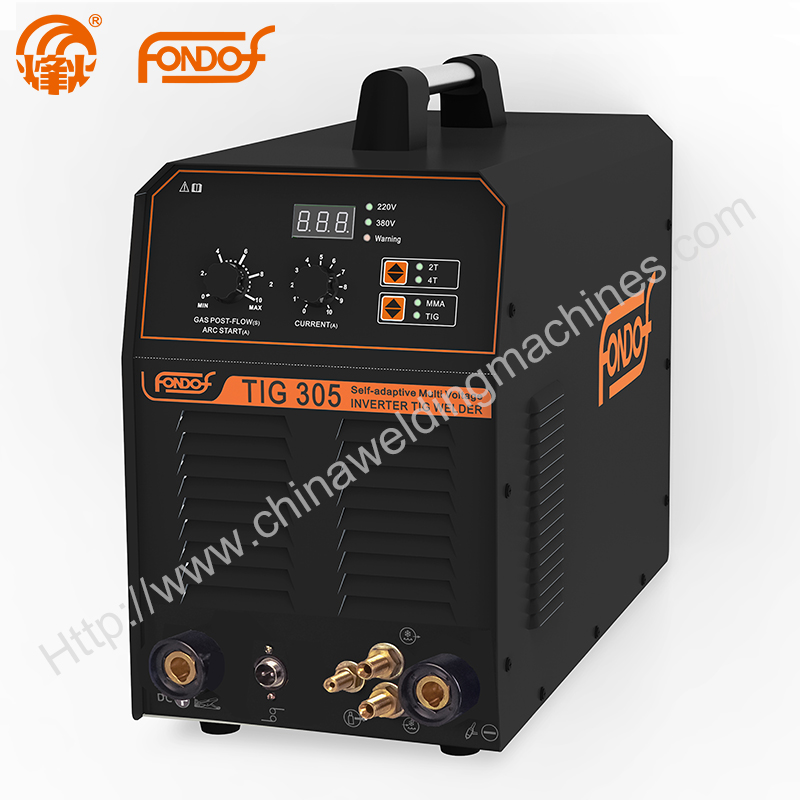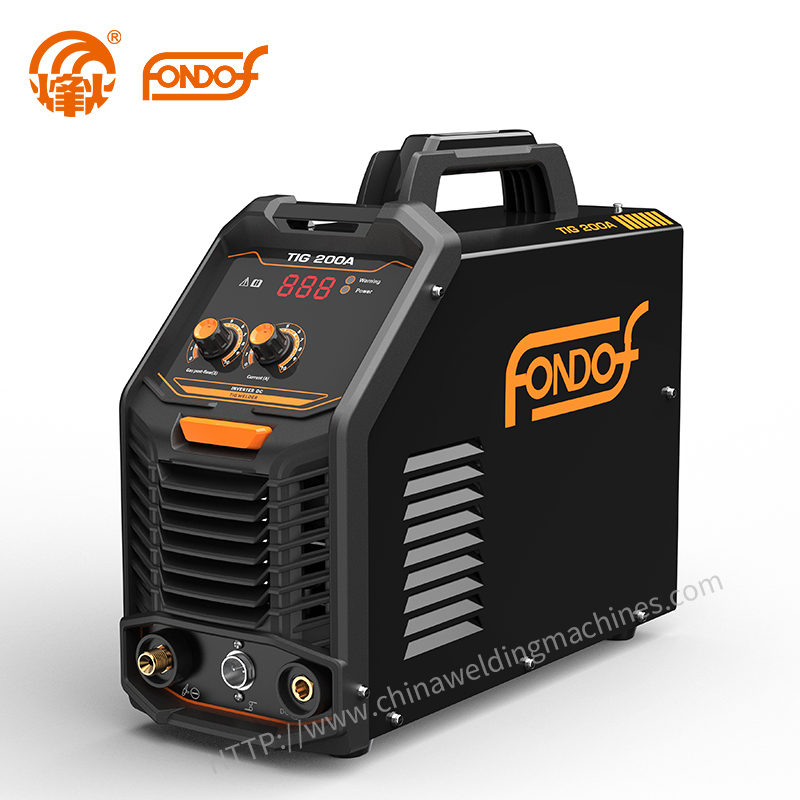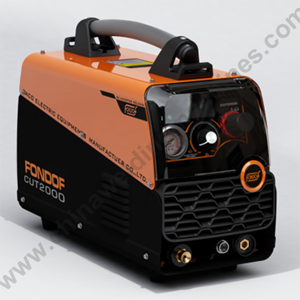What Type of Welding Is Used for Aluminum?
 Aug. 01, 2024
Aug. 01, 2024
Welding aluminum involves distinct welding techniques, shielding gases, specifications, and pre- and post-weld processing compared to welding steel. Even welding processes suitable for both metals may require modifications to accommodate aluminum. While aluminum can be welded with relative ease, selecting the appropriate welding process is essential.
Why Is Welding Aluminum Difficult?
Welding aluminum presents unique challenges due to its distinct properties and requirements compared to other metals. One of the primary difficulties lies in the use of filler metal. Some aluminum alloys, such as 6061, cannot be welded without filler materials, as they are prone to solidification cracking. The correct choice of filler metal is crucial; using a 6061 filler with a 6061 alloy, for instance, will result in weld failure. Instead, a 5356 or 4043 aluminum filler should be used for welding 6061 base material. Additionally, aluminum filler metals require special handling due to their lower column strength compared to steel. This often necessitates the use of specialized wire drive systems, like a push-pull gun, to prevent buckling and tangling, especially with thinner filler metals (e.g., 0.8 mm or 1 mm diameter).
Aluminum also has higher thermal conductivity than steel, causing the heat generated during welding to disperse rapidly. This can lead to a phenomenon known as a cold start, where full penetration doesn't occur until the weld has progressed further. To prevent cold starts, careful management of heat input is essential. Moreover, the increased thermal conductivity can result in larger craters at the end of a weld, which can lead to crater cracking if not properly filled in.
Pre-weld and post-weld processing also differ for aluminum. The metal forms an oxide layer with a higher melting point than the aluminum itself, necessitating oxide removal processes like wire brushing or chemical cleaning before welding. Certain aluminum alloys, such as 6061-T6, are artificially aged to enhance their strength. The heat from welding can negate these benefits, causing significant reductions in strength in the heat-affected zone. Consequently, post-weld artificial aging may be necessary to restore the mechanical properties of such alloys.
What Type of Welding Is Used for Aluminum?
The following are welding processes that can be used for aluminum:
- GTAW/TIG
- GMAW/MIG
- Laser Beam Welding and Electron Beam Welding
- Resistance Welding
GTAW/TIG
One of the most popular welding processes for aluminum is gas tungsten arc welding (GTAW), otherwise known as tungsten inert gas (TIG) welding. GTAW is a great process for aluminum because it does not require mechanical wire feeding, which can create feedability issues. Instead, the filler material is fed into the puddle by the welder with his hand. Also, the GTAW process is extremely clean, which prevents aluminum from being contaminated by the atmosphere.
GMAW/MIG
Gas metal arc welding (GMAW), also known as metal inert gas (MIG) welding, is an excellent choice for welding aluminum. GMAW offers higher deposition rates and faster travel speeds compared to gas tungsten arc welding (GTAW). However, GMAW utilizes a mechanical wire feeding system, which means that a push-pull gun or spool gun may be required to feed the aluminum wire effectively. It is crucial not to use 100% CO2 or a 75% Argon/25% CO2 shielding gas mix, as these are suitable for steel but not for aluminum, which cannot tolerate reactive CO2 gas. Always follow the filler metal manufacturer's recommendations for the appropriate shielding gas type.
Laser Beam Welding and Electron Beam Welding
Beam welding processes are highly effective for welding aluminum due to their high power density, which minimizes concerns about cold starts. In laser welding, however, material light reflectivity can be a challenge, and optimizing the shielding gas is crucial to prevent porosity. Electron beam welding generally avoids these issues because it uses electrons instead of light as the energy medium and is performed in a vacuum, eliminating the need for shielding gas.
Resistance Welding
Resistance welding can be used for welding aluminum, but the process presents challenges due to aluminum's high electrical and thermal conductivity. Developing the appropriate welding parameters may require significant time, and specialized tips and equipment are often necessary to address these challenges effectively.
Processes That Are Not Recommended For Welding Aluminum
There are several processes that are not well suited for welding aluminum. Any welding process that uses a flux, such as stick welding, flux cored arc welding, and submerged arc welding, are generally not effective methods for welding aluminum. Oftentimes, the welds created by these processes result in large amounts of porosity.





























